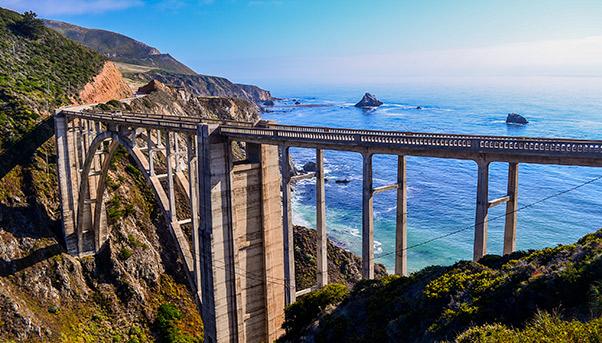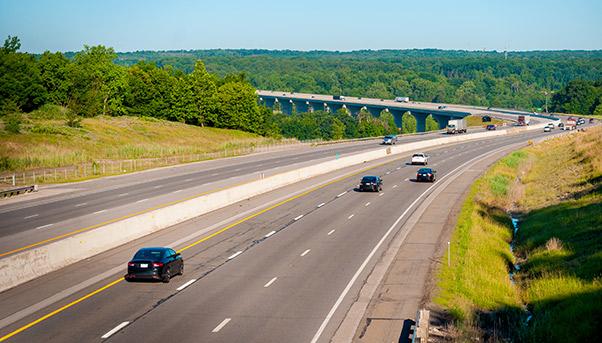
If you were born with the name Galbraith, son of one of the last century’s most influential economist, life must look like a steep incline that you have to climb, in order to reach the height of the shadow in front of you.
James Galbraith accepted this challenge and he undertook the same profession of his father John Kenneth. He teaches economics at the University of Texas in Austin and is known around the world for his work including Italy, were he was inducted in the prestigious Academia dei Lincei.
Student of the same Keynesian’s principles that inspired his dad, James Galbraith advocates for the idea that government and public institutions have to intervene to support portions of the population most threatened by the economic crisis. Following this thinking, he became a vocal defender of the Greek cabinet lead by Alexis Tsipras, where James’s friend and ex colleague Yanis Varoufakis was holding the position of secretary of Finances.
In the current US presidential race, Galbraith is a strong proponent of the idea that US government should intervene with substantial funding to rebuild the country’s infrastructure, and support higher employment and better jobs.
Professor Galbraith, president Obama had already introduced a similar program at the beginning of his first mandate in 2009 with the $ 797 million American Recovery and Reinvestment Act. Why?
“When Obama took office, the US unemployment was over 10%; US factories were stalling, and the world financial markets were frozen by the fear of a recession. The only way out was to spend public money into wide ranging construction projects, hoping to kick start the economy.”

Did it work?
“There are diverging opinions on the matter among economists. I simply want to point out the effect this investment has had on unemployment, which today in the US has fallen under 5%. No other western country was able to bounce back with such a strength on the labor front, because the industrial production has not gone back the pre-crisis level, and has not replaced the lost jobs. What made the difference in our country was the size of our public spending.”
Last December president Obama tried his hand at it again with the Fast Act: $305 billion in the next five years, to be spent just on the country’s aging infrastructure. What are the promises in the Fast Act?
“Fixing our badly damaged roads and highways, and at the same time revamping the rail network, totally neglected at the end of a century dominated by the relevance of cars and trucks.
Plans were made for upgrading our ports, and efforts are devised to reinvent the very concept of mobility, by shifting emphasis to new ideas that could break the permanent gridlock of traffic we have to live with.”
Could the output of next presidential elections change the direction of the investments?
“Among the candidates, many are talking about the need to invest in infrastructure. The most ambitious plan on the table is the $1 trillion one announced by Bernie Sanders, followed by Clinton’s proposal, initially at a lower dollar amount, and today totaling $750 million. In the republican field instead, Ted Cruz insists on balancing the budget by cutting public spending; a risky strategy in my judgment, giving the slow growth rate of our economy. As for Donald Trump, he keeps repeating that the US infrastructures are of third world grade, but it’s hard to predict what he really means by it.”
What are the most urgent priorities to be addressed?
“The list is long, because for many decades the private interest in our country was pursued at the expenses of the common one. We know how bad our roads,
highways and ports are, and those who travel abroad are also familiar with the embarrassment of having to compare our airports to those in other countries. Yet, if I had to summarize, I would say that the most compelling case for massive investment is the need to protect the environment. We desperately need to curb carbon emissions and other greenhouse gases, and in order to do it, we need to come up with an entirely new idea of mobility. We will have to build fast and reliable train lines across the US, invest in an electric grid that will lower our oil dependency. Overall, we will have to shift the current focus on private transportation, to a future where the public one is king.”

